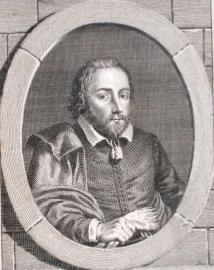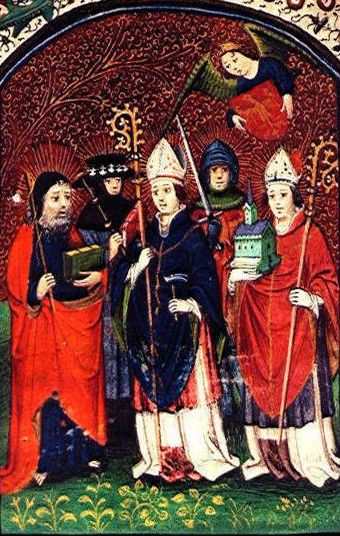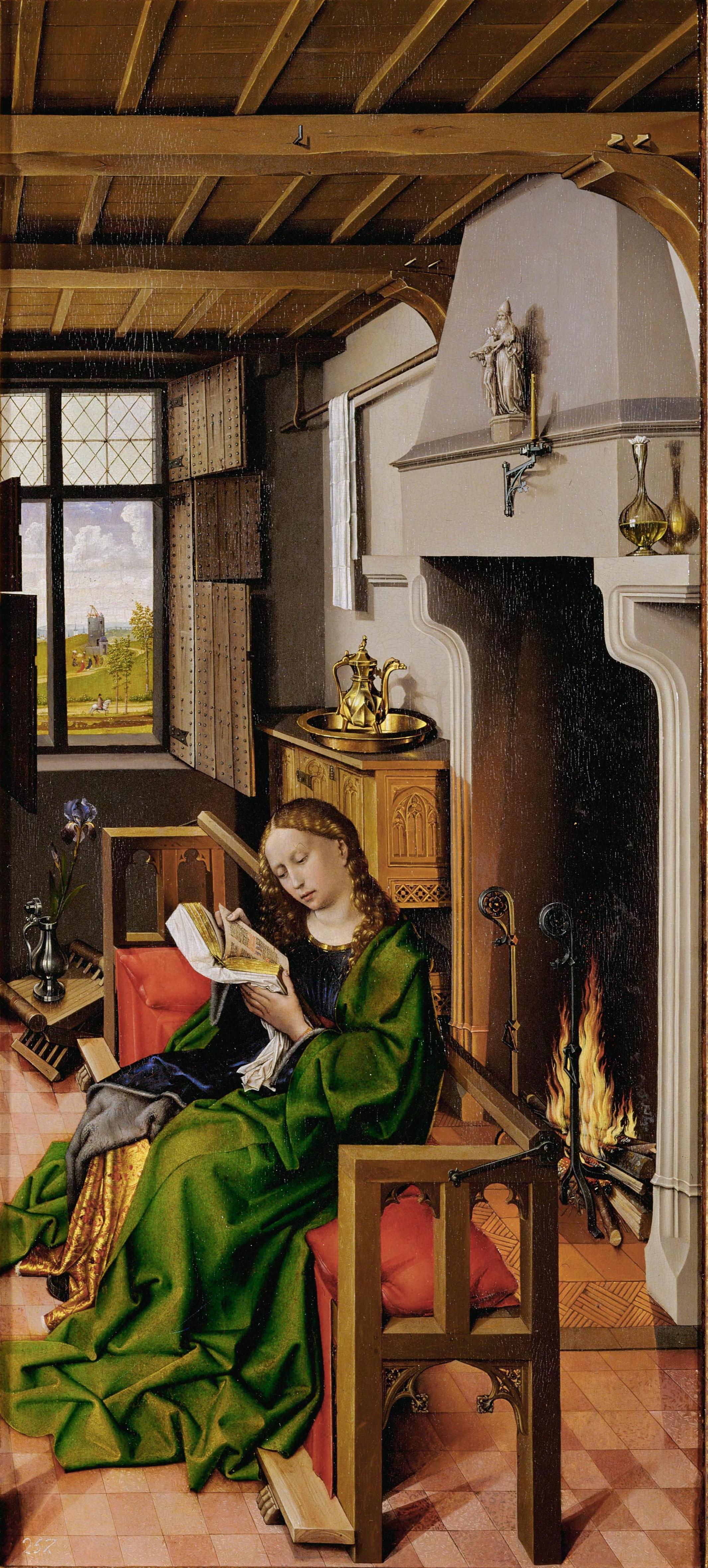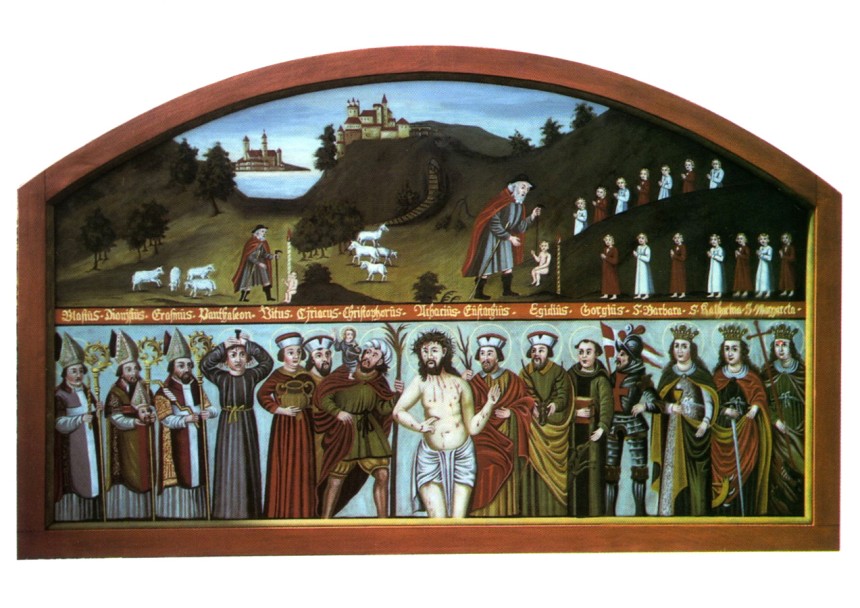|
Saint Dorothy
Dorothea of Caesarea (also known as Saint Dorothy, Greek: Δωροθέα; died ca. 311 AD) is a 4th-century virgin martyr who was executed at Caesarea Mazaca. Evidence for her actual historical existence or ''acta'' is very sparse. She is called a martyr of the late Diocletianic Persecution, although her death occurred after the resignation of Diocletian himself. Dorothea and her companion, Theophilus, are mentioned in the Roman Martyrology as martyrs of Caesarea in Cappadocia, with a feast on 6 February. She is officially recognized as a virgin martyr. However, with the promulgation of the motu proprio ''Mysterii Paschalis'' of Pope Paul VI, Dorothea was removed from the General Roman Calendar, being judged as not having "universal significance". Her feast is still retained in some regional calendars and the Tridentine Calendar. Life The earliest record that mentions Dorothea is found in the ''Martyrologium Hieronymianum''. This first record contains only three basic facts: ... [...More Info...] [...Related Items...] OR: [Wikipedia] [Google] [Baidu] |
Catholic Church
The Catholic Church (), also known as the Roman Catholic Church, is the List of Christian denominations by number of members, largest Christian church, with 1.27 to 1.41 billion baptized Catholics Catholic Church by country, worldwide as of 2025. It is among the world's oldest and largest international institutions and has played a prominent role in the history and development of Western civilization.Gerald O'Collins, O'Collins, p. v (preface). The church consists of 24 Catholic particular churches and liturgical rites#Churches, ''sui iuris'' (autonomous) churches, including the Latin Church and 23 Eastern Catholic Churches, which comprise almost 3,500 dioceses and Eparchy, eparchies List of Catholic dioceses (structured view), around the world, each overseen by one or more Bishops in the Catholic Church, bishops. The pope, who is the bishop of Rome, is the Papal supremacy, chief pastor of the church. The core beliefs of Catholicism are found in the Nicene Creed. The ... [...More Info...] [...Related Items...] OR: [Wikipedia] [Google] [Baidu] |
General Roman Calendar
The General Roman Calendar (GRC) is the liturgy, liturgical calendar that indicates the dates of celebrations of saints and Sacred mysteries, mysteries of the Lord (Jesus Christ) in the Roman Rite of the Catholic Church, wherever this liturgical rite is in use. These celebrations are a fixed annual date, or occur on a particular day of the week. Examples are the Feast of the Baptism of the Lord in January and the Feast of Christ the King in November. Other dates relate to the date of Easter. Examples are the celebrations of the Sacred Heart of Jesus and the Immaculate Heart of Mary. Description National calendars of the Roman Rite, National and diocesan calendars, including that of the Diocese of Rome itself as well as the calendars of religious institutes and even of continents, add other saints and mysteries or transfer the celebration of a particular saint or mystery from the date assigned in the General Calendar to another date. These liturgical calendars indicate the de ... [...More Info...] [...Related Items...] OR: [Wikipedia] [Google] [Baidu] |
Philip Massinger
Philip Massinger (1583 – 17 March 1640) was an English dramatist. His plays, including '' A New Way to Pay Old Debts'', '' The City Madam'', and '' The Roman Actor'', are noted for their satire and realism, and their political and social themes. Early life The son of Arthur Massinger or Messanger, he was baptised at St. Thomas's Salisbury on 24 November 1583. He apparently belonged to an old Salisbury family, for the name occurs in the city records as early as 1415. He is described in his matriculation entry at St. Alban Hall, Oxford (1602), as the son of a gentleman. His father, who had also been educated at St. Alban Hall, was a member of parliament, and was attached to the household of Henry Herbert, 2nd Earl of Pembroke. Herbert recommended Arthur in 1587 for the office of examiner in the Court of the Marches. William Herbert, 3rd Earl of Pembroke, who would come to oversee the London Stage and the royal company as King James's Lord Chamberlain, succeeded to th ... [...More Info...] [...Related Items...] OR: [Wikipedia] [Google] [Baidu] |
Saint Symbolism
Christian symbolism, Symbolism of Christian saints has been used from the very beginnings of the religion. Each saint is said to have led an exemplary life and symbols have been used to tell these stories throughout the history of the Church. A number of Christian saints are traditionally represented by a symbol or Icon, iconic motif associated with their life, termed an attribute or emblem, in order to identify them. The study of these forms part of iconography in art history. They were particularly used so that the illiterate could recognize a scene, and to give each of the Saints something of a personality in art. They are often carried in the hand by the Saint. Attributes often vary with either time or geography, especially between Eastern Christianity and the West. Orthodox images more often contained inscriptions with the names of saints, so the Eastern repertoire of attributes is generally smaller than the Western. Many of the most prominent saints, like Saint Peter and S ... [...More Info...] [...Related Items...] OR: [Wikipedia] [Google] [Baidu] |
Capital Virgins
The four capital virgins, Latin: ''(quattuor) virgines capitales'', are a group of Virgin (title)#Virgin martyrs, virgin martyrs of the early church. In literature they are also called ''main virgins'' or ''excellent virgins''. These are: Saint Catherine of Alexandria, Saint Margaret of Antioch, Saint Barbara and Dorothea of Caesarea, Saint Dorothea. Three of them – i. e. Saint Catherine, Saint Margaret and Saint Barbara – belong to the Fourteen Holy Helpers. In iconography these four capital virgins are often depicted together or around the Virgin Mary. Occasionally, instead of the classical formation, St. Ursula is pictured instead of Saint Dorothea. Alternatively, Saint Dorothea is depicted with the attribute of Saint Ursula, an arrow, in her hands. Paintings of the four main virgins usually represent a form of the type Virgo inter Virgines, where several virgin martyrs beside the Virgin are sitting, on a bench or bank or on the ground, usually in a garden setting within an e ... [...More Info...] [...Related Items...] OR: [Wikipedia] [Google] [Baidu] |
Margaret Of Antioch
Margaret, known as Margaret of Antioch in the West, and as Saint Marina the Great Martyr () in the East, is celebrated as a saint on 20 July in Western Christianity, on 30th of July (Julian calendar) by the Eastern Orthodox Church, and on Epip 23 and Hathor 23 in the Coptic Orthodox Church. She was reputed to have promised very powerful indulgences to those who wrote or read her life or invoked her intercessions; these no doubt helped the spread of her following. Margaret is one of the Fourteen Holy Helpers in Roman Catholic tradition. Hagiography According to a 9th-century martyrology of Rabanus Maurus, Margaret suffered at Antioch in Pisidia (in what is now Turkey) in c. 304, during the Diocletianic Persecution. She was the daughter of a pagan priest named Aedesius. Her mother having died soon after her birth, Margaret was nursed by a Christian woman five or six leagues () from Antioch. Having embraced Christianity and consecrated her virginity to God, Margaret was disowne ... [...More Info...] [...Related Items...] OR: [Wikipedia] [Google] [Baidu] |
Catherine Of Alexandria
Catherine of Alexandria, also spelled Katherine, was, according to tradition, a Christian saint and Virginity, virgin, who was martyred in the early 4th century at the hands of the emperor Maxentius. According to her hagiography, she was both a princess and a noted scholar who became a Christians, Christian around age 14, converted hundreds of people to Christianity, and was martyred around age 18. The Eastern Orthodox Church venerates her as a great martyr and celebrates her Calendar of saints, feast day on 24 or 25 November, depending on the regional tradition. In Catholic Church, Catholicism, Catherine is traditionally revered as one of the Fourteen Holy Helpers, and she is commemorated in the Roman Martyrology on 25 November. Her feast was removed from the General Roman Calendar in 1969 but restored in 2002 as an optional memorial. In the Episcopal Church (United States), Episcopal Church, St. Catherine is commemorated on 24 November, together with the martyrs Saint Barbara, ... [...More Info...] [...Related Items...] OR: [Wikipedia] [Google] [Baidu] |
Saint Barbara
Saint Barbara (; ; ; ), known in the Eastern Orthodox Church as the Great Martyr Barbara, was an Early Christianity, early Christian Greek saint and martyr. There is no reference to her in the authentic early Christian writings nor in the original recension of Martyrologium Hieronymianum, Saint Jerome's martyrology.Kirsch, Johann Peter. "St. Barbara." The Catholic Encyclopedia Vol. 2. New York: Robert Appleton Company, 1907 Saint Barbara is often portrayed with miniature chains and a tower to symbolize her father imprisoning her. As one of the Fourteen Holy Helpers, Barbara is a popular saint, perhaps best known as the patron saint of armourers, artillerymen, military engineers, miners and others who work with explosives because of her legend's association with lightning. She is also a patron ... [...More Info...] [...Related Items...] OR: [Wikipedia] [Google] [Baidu] |
Fourteen Holy Helpers
The Fourteen Holy Helpers (, ) are a group of saints venerated together by Catholics because their intercession is believed to be particularly effective, especially against various diseases. This group of ''Nothelfer'' ("helpers in need") originated in the 14th century at first in the Rhineland, largely as a result of the epidemic (probably of bubonic plague) that became known as the Black Death. History of veneration Devotion to the fourteen Holy Helpers began in Rhineland, now part of Germany, in the time of the Black Death. Among the fourteen were three virgin martyrs. A German mnemonic for them says: ''Margaretha mit dem Wurm,'' ''Barbara mit dem Turm,'' ''Katharina mit dem Radl'' ''das sind die drei heiligen Madl.'' ("Margaret with the lindworm, Barbara with the tower, Catherine with the wheel, those are the three holy maids.") As the other saints began to be invoked along with these three virgin martyrs, they were represented together in works of art. Popular ... [...More Info...] [...Related Items...] OR: [Wikipedia] [Google] [Baidu] |
Sweden
Sweden, formally the Kingdom of Sweden, is a Nordic countries, Nordic country located on the Scandinavian Peninsula in Northern Europe. It borders Norway to the west and north, and Finland to the east. At , Sweden is the largest Nordic country by both area and population, and is the List of European countries by area, fifth-largest country in Europe. Its capital and largest city is Stockholm. Sweden has a population of 10.6 million, and a low population density of ; 88% of Swedes reside in urban areas. They are mostly in the central and southern half of the country. Sweden's urban areas together cover 1.5% of its land area. Sweden has a diverse Climate of Sweden, climate owing to the length of the country, which ranges from 55th parallel north, 55°N to 69th parallel north, 69°N. Sweden has been inhabited since Prehistoric Sweden, prehistoric times around 12,000 BC. The inhabitants emerged as the Geats () and Swedes (tribe), Swedes (), who formed part of the sea-faring peopl ... [...More Info...] [...Related Items...] OR: [Wikipedia] [Google] [Baidu] |
Hans Baldung Grien
Hans Baldung (1484 or 1485 – September 1545), called Hans Baldung Grien, (being an early nickname, because of his predilection for the colour green), was a painter, printer, engraver, draftsman, and stained glass artist, who was considered the most gifted student of Albrecht Dürer and whose art belongs to both German Renaissance and Mannerism. Throughout his lifetime, he developed a distinctive style, full of colour, expression and imagination. His talents were varied, and he produced a great and extensive variety of work including portraits, woodcuts, drawings, tapestries, altarpieces, and stained glass, often relying on allegories and mythological motifs. Life Early life, c. 1484–1500 Hans was born in Schwäbisch Gmünd (formerly Gmünd in Germany), a small free city of the Empire, part of the East Württemberg region in former Swabia, Germany, in the year 1484 or 1485. Baldung was the son of Johann Baldung, a university-educated jurist, who held the office of lega ... [...More Info...] [...Related Items...] OR: [Wikipedia] [Google] [Baidu] |
Josse Van Der Baren
Josse van der Baren (variations on the first name: 'Joost' and 'Jodocus') (b. between 1540 and 1560 – d. between 1604 and 1624) was a Southern Netherlands, Flemish painter of history paintings and a draughtsman active in the Leuven area around the turn of the 17th century.Josse van der Baren at the Netherlands Institute for Art History Life Josse van der Baren was born and died in Leuven. It is not clear with whom he trained. It is not known whether he visited Italy although his work is clearly influenced by Italian art. He was mainly active in the Leuven region and that is why most of his works are still found in that area.De schoonheid van het li ...[...More Info...] [...Related Items...] OR: [Wikipedia] [Google] [Baidu] |






